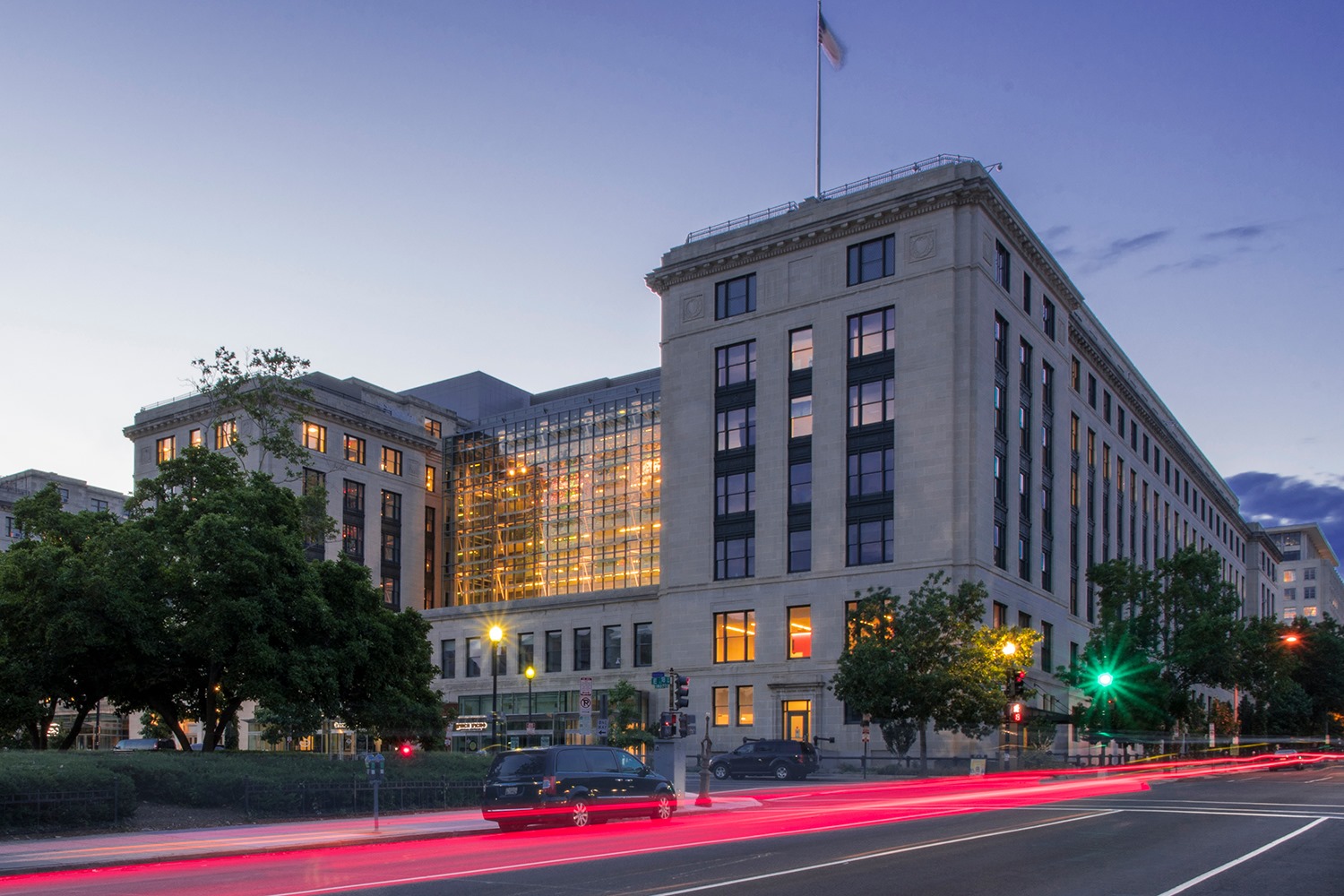
All air travel and cargo transportation services funded by the federal government must comply with the Fly America Act. This Act mandates the use of “U.S. flag” air carriers for these services. To ensure adherence, a comprehensive list of certified U.S. flag air carriers can be found on transportation.gov.
Who Does the Requirement Apply To?
The Fly America Act applies to various individuals, including:
- Federal government employees and their dependents
- Consultants, contractors, and grantees
- Other travelers whose travel expenses are covered by the federal government
It is important to note that attempting to avoid the Act by crossing the U.S. border and using a foreign airline is strictly prohibited. Non-compliance will result in the government refusing to reimburse airline tickets.
The Fly America Act derives its authority from 49 U.S.C. 40118.
Understanding Codesharing
In some cases, multiple airlines engage in “codesharing”, wherein they publish and market the same flight under their own airline designators and flight numbers. While passengers can purchase a seat on each airline, only one of the cooperating airlines operates the flight. To comply with Fly America regulations, it is necessary to purchase the flight through the U.S. airline’s designator and flight number if the flight is shared between a U.S. and a foreign airline.
Exceptions to the Fly America Act
Certain circumstances exist where it may not be practical to adhere to the Fly America Act. The Act allows for exceptions in the following cases:
- Unavailability of a U.S. air carrier.
- Use of a U.S. carrier would extend travel time by 24 hours or more.
- A U.S. carrier does not provide a nonstop or direct flight between the origin and destination, and using a U.S. carrier would either:
- Increase the number of aircraft changes outside the United States by two or more.
- Extend travel time by six hours or more.
- Require a connecting time of four hours or more at an overseas interchange point.
- The flight time from origin to destination is less than three hours, and using a U.S. flag carrier would double the flight time.
- The Fly America Act is superseded by an applicable Open Skies Agreement that meets the Act’s requirements.
However, it is important to note that ticket cost and convenience are not valid exceptions to the Fly America Act.
Understanding Open Skies Agreements
“Open Skies Agreements” refer to bilateral or multilateral agreements between the U.S. Government and foreign governments. These agreements allow travelers to utilize air carriers from foreign countries for government-funded international travel. While numerous Open Skies Agreements exist, only four agreements meet the requirements of the Fly America Act. The key factor to identify these agreements is the statement for “U.S. Government Procured Transportation” in either the Article or Annex of the agreement.
The United States currently has Open Skies Agreements in effect with the European Union (28 countries), Australia, Switzerland, and Japan. The agreement with the European Union permits the use of an EU air carrier for travel outside the United States. However, Iceland and Norway, although not EU members, are part of the EU air treaty, allowing flights with stops in the EU but originating or terminating in a third country.
As of January 1, 2021, the United Kingdom is no longer a member of the EU, resulting in the Open Skies Agreement with the EU not pertaining to the UK. Travelers must use a U.S. Flag Carrier for travel between the U.S. and the UK, unless they qualify for a different Fly America Act exception. However, travelers can still use an EU agreement for travel from the U.S. to the UK if the flight stops in the EU before arriving in the U.S. or the UK.
Detailed Open Skies Agreements
- European Union (April 30, 2007)
- Amendment 1 [PDF] (June 24, 2010)
- Amendment 2 (June 21, 2011)
- Australia [PDF – 4 MB] (October 1, 2008)
- Switzerland [PDF – 3 MB] (October 1, 2008)
- Japan [PDF] (October 1, 2011)
For more information on the four Open Skies Agreements and specific country agreements, visit the Department of State’s website. Additional general information on Open Skies Agreements can be found in Federal Travel Regulation Bulletin 11-02 [PDF – 111 KB] and Bulletin 12-04 [PDF – 81 KB].
Documenting Exceptions
When applying for a Fly America exception or waiver, including under an Open Skies Agreement, it is crucial to include the following information in your travel reimbursement:
- A completed and signed internal agency Fly America exception form.
- A detailed travel itinerary from a travel agent or online travel service (e.g., Sanditz, Travelocity, Orbitz, or Expedia).
- The search results performed at the time of booking from an online travel service, documenting all available flights and the Fly America exception’s existence, if applicable.
For any clarifications or further inquiries regarding the Fly America Act or Open Skies Agreements, kindly reach out to [email protected].